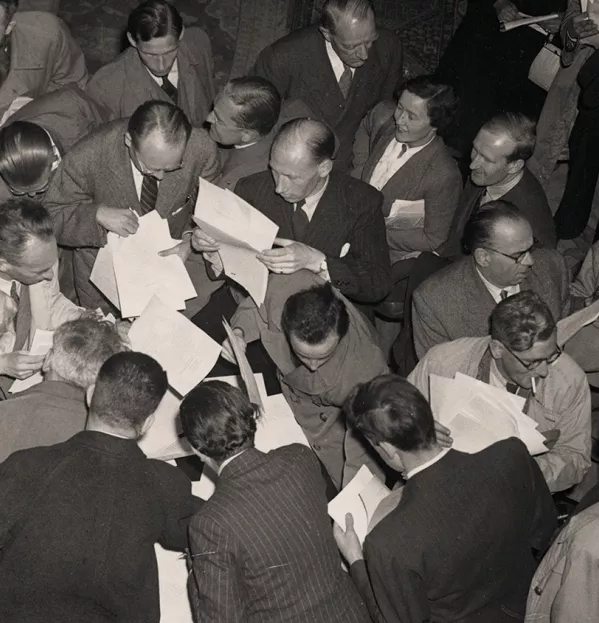GCSE grades. A confusing mix of letters and numbers. These days, the higher the number, the higher the grade - which is different from the old days when it was the other way round. I assume this is so the DfE can extend the top grade to 10 in future. Or maybe do a Spinal Tap and dial it up to 11. But with all these letters and numbers, it’s little wonder people are confused.
I think the DfE could learn a lot from the UK’s grading system for rock climbing. It’s simple: routes are graded “easy”, “moderate”, or “difficult”.
Well, at least they were back in the Victorian era. Then someone climbed something harder than difficult and graded it “very difficult” (or “v diff” for short). Inevitably, this was bettered, giving rise to the “severe” grade (S); and very soon even “severe” didn’t feel that hard anymore, so “hard severe” (HS) was introduced, which was quickly usurped by “very severe” (VS), until some show-off went even further and - struggling to work out what came after “very” - settled on “hard very severe” (HVS). Then it got really serious with the arrival of “extremely severe” (E). After this, climbers ran out of adjectives and decided to add a number instead. Starting at E1, the extreme scale now runs up to E11.
Too little information
Except it was decided that these “adjectival” grades didn’t give enough information about the climb. They told climbers about the overall severity, but not the difficulty of the hardest move. Enter the technical grade, which is added to the main grade. You’ll be pleased to hear it’s a bit like a sub-level: HVS 5a, or E8 6c, for example. This tells us how sustained and dangerous the route is and how difficult the moves are. Brilliant. All sorted. Nearly...
Obviously, this grading system is only for “trad” routes, in which climbers place their own gear to protect against falls, and not for sport climbs where protection is permanently installed. Sport climbs have French grades, which look like UK technical grades but are different and even have “+” symbols (eg, 6b+), just like those sub-sub levels we invented to show progress every six weeks. If you’re going bouldering, then you’ll be using the similar yet different Font scale. Unless, of course, you’re in Wales, in which case it’s the American V scale. And if we’re climbing winter routes in Scotland then you best brush up on your Roman numerals.
So, adjectival plus English technical grades for “trad” routes, French grades for sport, Font scale for bouldering (unless you’re in Wales), and Roman numerals for Scottish winter.
Tell me, how are those GCSE grades looking now?
James Pembroke founded Sig+, an independent school data consultancy, after 10 years working with the Learning and Skills Council and local authorities

